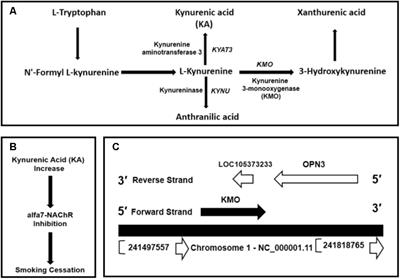EDITORIAL
Published on 11 Dec 2018
Editorial: Bioinformatics and Biostatistics Applications in Tobacco Smoking Research
doi 10.3389/fpubh.2018.00366
- 2,028 views
5,742
Total downloads
29k
Total views and downloads
Select the journal/section where you want your idea to be submitted:
EDITORIAL
Published on 11 Dec 2018
PERSPECTIVE
Published on 26 Oct 2018

ORIGINAL RESEARCH
Published on 13 Jun 2018

ORIGINAL RESEARCH
Published on 11 Apr 2018

MINI REVIEW
Published on 20 Mar 2018

ORIGINAL RESEARCH
Published on 16 Oct 2017


Frontiers in Cell and Developmental Biology
Frontiers in Genetics